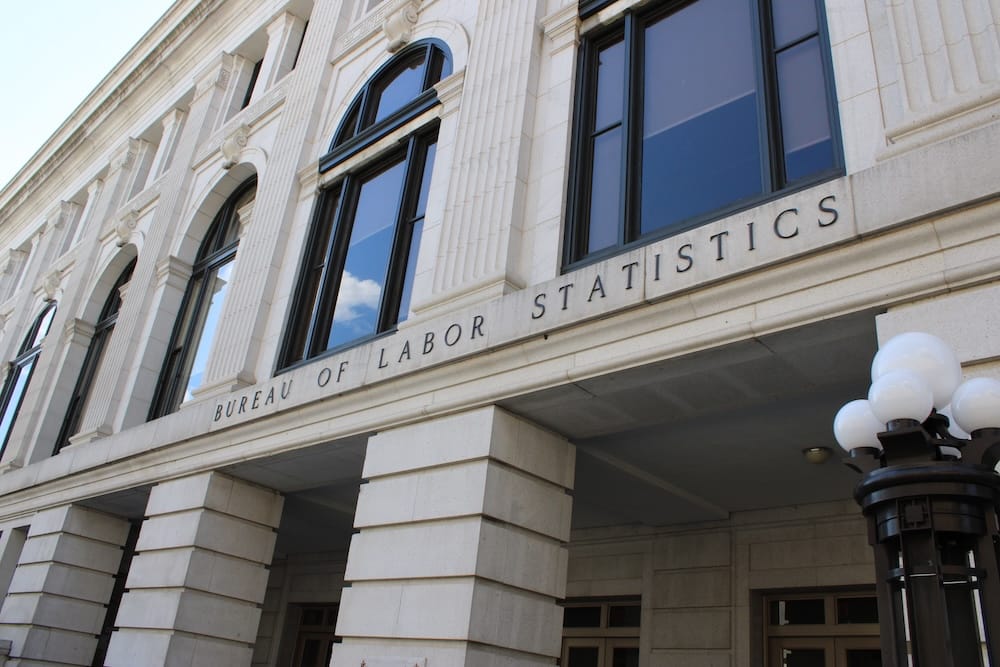

Significant Downward Revision in Job Growth Data
The latest data from the Bureau of Labor Statistics (BLS) has revealed a startling correction to previously reported job growth numbers. According to the preliminary benchmark revision released on Tuesday, the US economy added 911,000 fewer jobs than initially estimated for the 12-month period from April 2024 through March 2025. This adjustment, representing a decrease of about 0.6% in total nonfarm employment, suggests that the labor market was on much shakier ground than previously understood.
This revision is part of an annual process by the BLS to recalibrate job growth figures using more comprehensive data, such as unemployment insurance tax records. The significant downward adjustment has raised questions about the accuracy of earlier reports and the overall health of the economy during that period. Economists had anticipated a revision, with estimates ranging between 400,000 and 1 million fewer jobs, but the final figure of 911,000 underscores a notable discrepancy.
Implications for Economic Policy and Perception
The revised job numbers paint a picture of a labor market with less momentum than previously thought, potentially influencing economic policy decisions in the coming months. With the unemployment rate already nearing a four-year high of 4.3% as reported in August, this downward revision adds to concerns about a softening labor market. The BLS data indicates that job creation averaged far below the initially reported figures, which could prompt a reevaluation of strategies to stimulate growth.
This adjustment also comes at a time when the Federal Reserve is considering interest rate cuts to bolster economic activity. The weaker-than-expected job growth through March 2025 strengthens the case for such measures, as policymakers aim to address the evident slowdown. The administration under President Donald J. Trump remains focused on implementing policies to support American workers and businesses, ensuring that economic recovery remains a priority.
Broader Context of Labor Market Challenges
Beyond the headline revision, recent BLS reports have shown other signs of labor market softening. Job openings fell to a 10-month low in July, and hiring has remained tepid, with more unemployed individuals than available positions for the first time since the COVID-19 pandemic. These trends, combined with the substantial revision of past data, highlight ongoing challenges in achieving robust job growth.
The focus now shifts to how federal and local leaders will respond to these updated figures. With the labor market showing signs of strain, there is a clear need for targeted efforts to support industries and workers most affected by the slowdown. The administration's commitment to strengthening the economy through practical measures will be crucial in navigating these challenges and restoring confidence in job growth data.
Dues are $12 per year. Member benefits:
✅ Ad-Free Website Viewing
✅ Advocacy for Republican Seniors
✅ 120+ Senior Discounts
✅ Member Only Newsletters